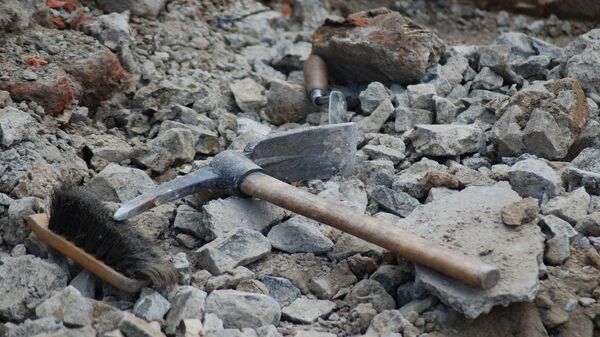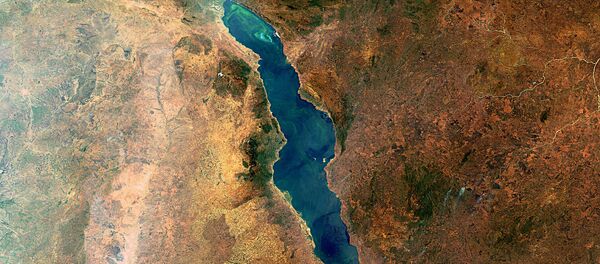Archaeologists claim that during excavations in Mongolia they have discovered the city of Longcheng, the capital of the Xiongnu Empire, also known as the Dragon City, Xinhua news agency reported. "As a result of more than a decade of research on political center of the Xiongnu Empire, I am very happy that we have discovered and excavated the empire's capital Dragon City or Longcheng City", Tumur-Ochir Iderkhangai, the leader of the archaeological research team, told Xinhua.
The researchers have unearthed a fragment of a front decoration of a roof that bears an inscription reading "Son of Heaven Chanyu". "Son of Heaven" is a sacred imperial title that originated during the reign of the Zhou dynasty in China and was later adopted by other monarchs in Asia. The word "chanyu" was used to refer to the ruler of the Xiongnu Empire. Tumur-Ochir Iderkhangai noted that this is the first time that an object with such an inscription has been discovered.
Dr. Iderkhangai and his team translate the characters as “The Shanyu is the Son of Heaven”. Shanyu (or chanyu) was the title of the supreme ruler of the Xiongnu/Khunnu Empire (209 BCE – 91 CE), the first great empire of Eurasian nomads in recorded history. 4/n pic.twitter.com/HvMNA5UFGK
— CSEN (@csen_nomads) July 17, 2020
The Dragon City was first discovered in 2017, but excavation work was delayed due to a lack of funds. The Xiongnu Empire was a confederation of nomadic peoples that reportedly inhabited the eastern part of the Eurasian Steppe from the third century BC to the first century AD. It had a complex relationship with dynasties in China, in which marriage diplomacy was alternated with military conflicts and exchanges of tribute. Historians still argue over the ethnic core of the Xiongnu, as only a few names and words have been preserved. Various hypotheses suggest that they may have spoken Iranian, Mongolic, Turkic, Uralic, or Yeniseian languages.


